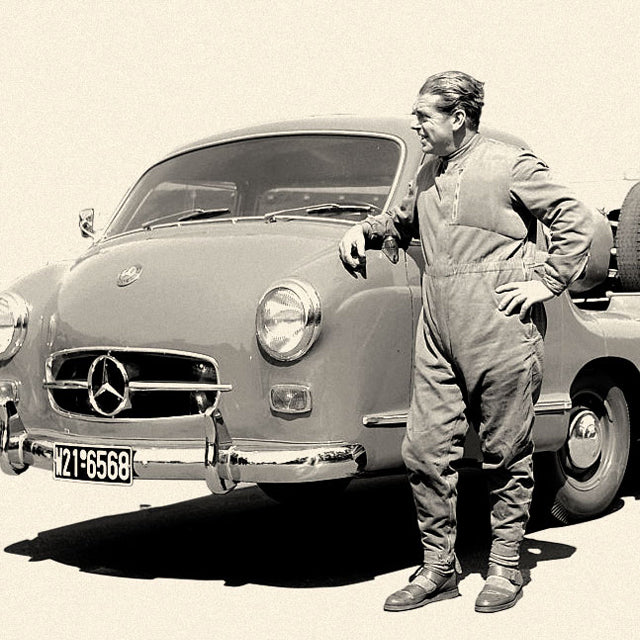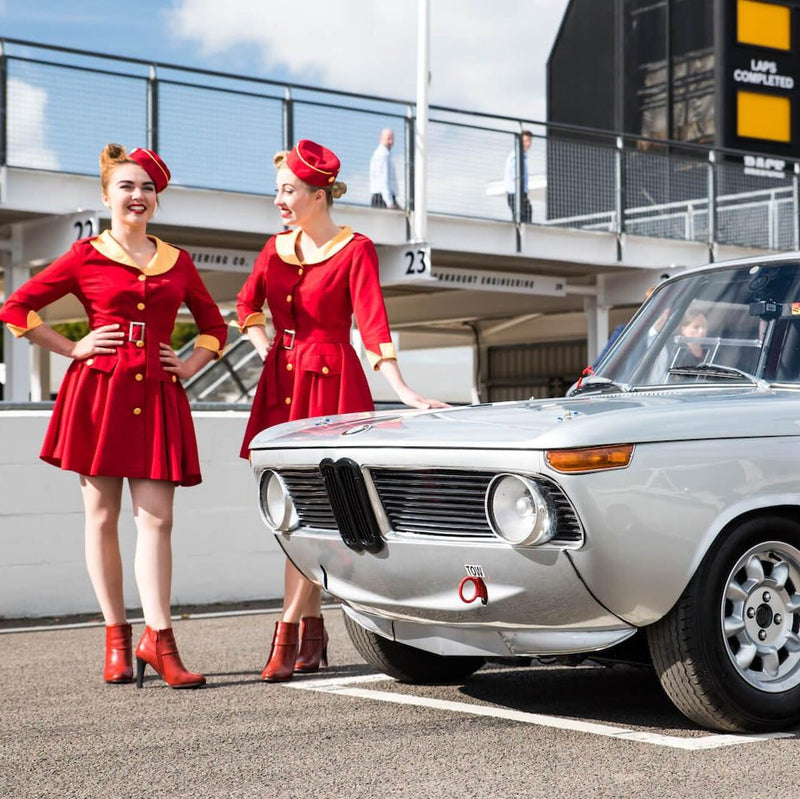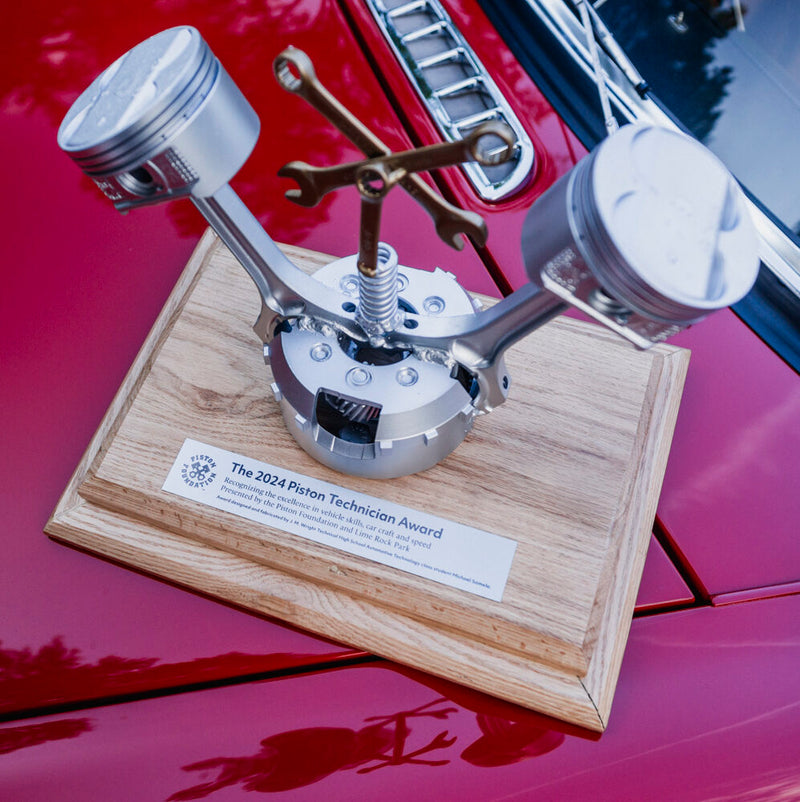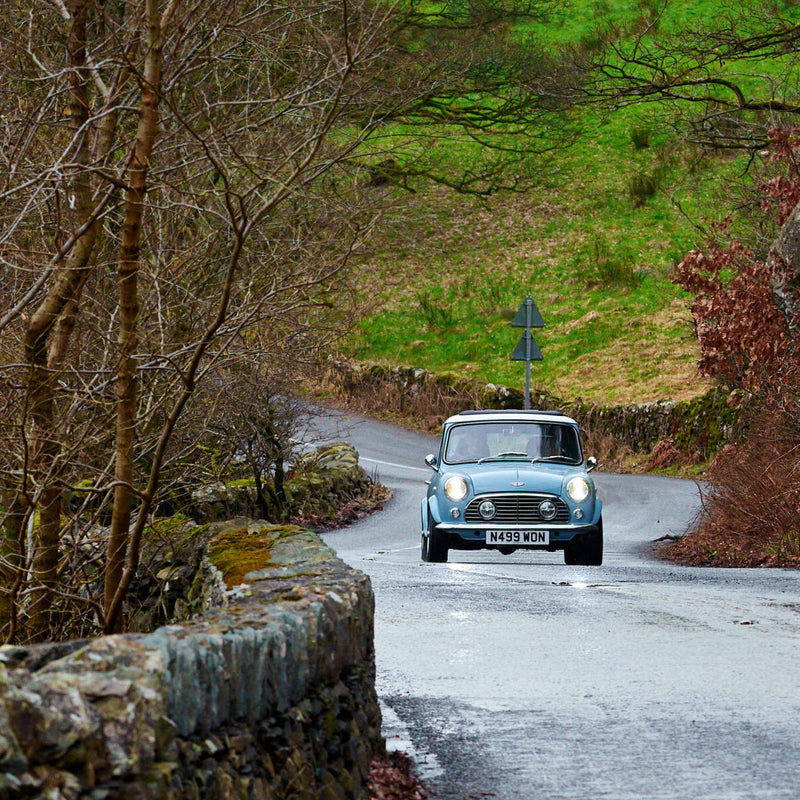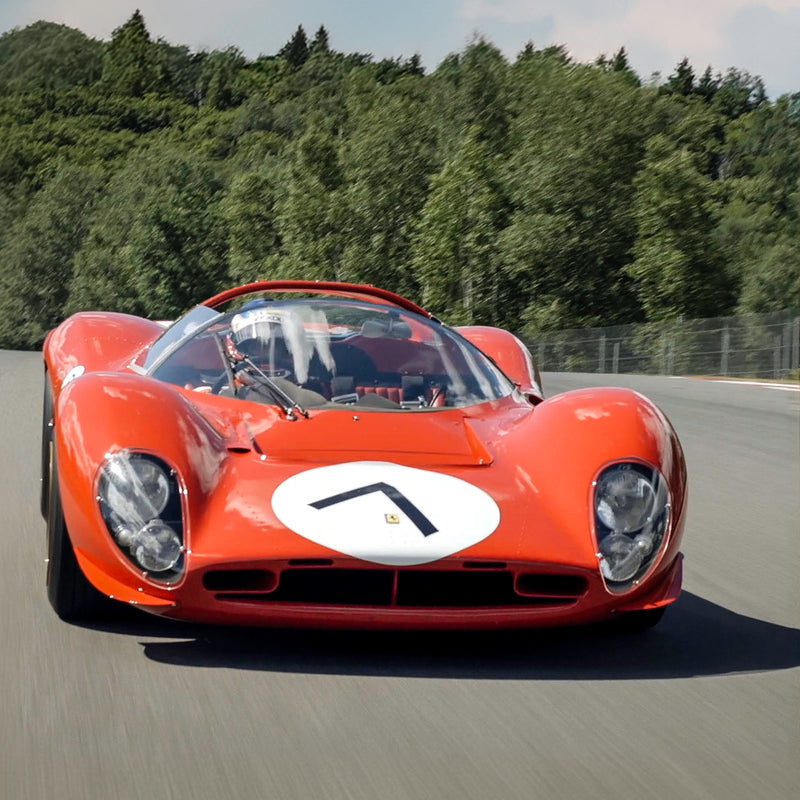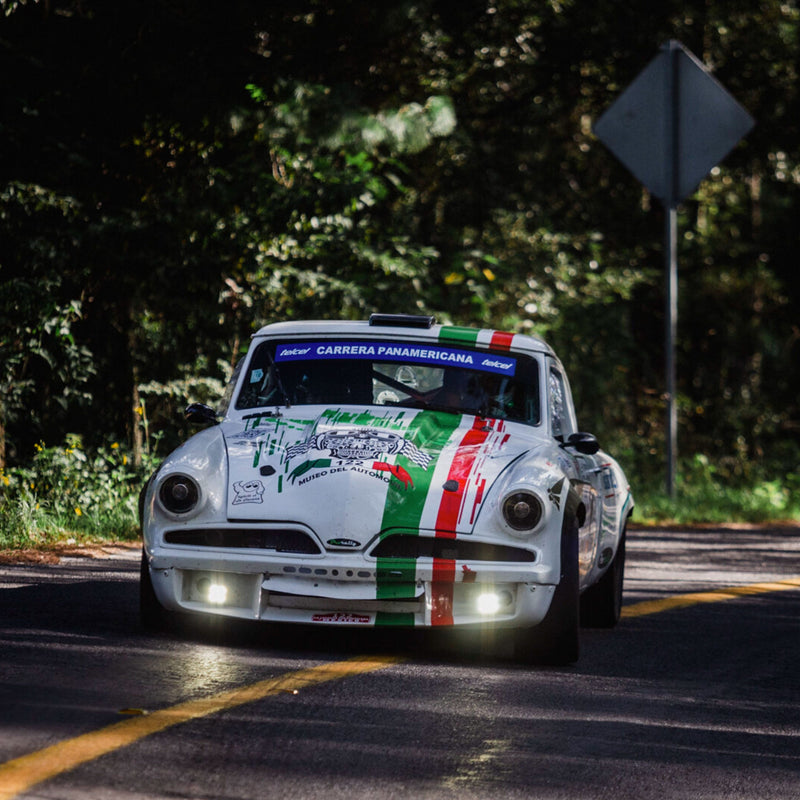As one of the world's oldest automotive marques, Mercedes-Benz has an illustrious past not only in producing cars, but testing their limits in the grueling world of motorsport. Such legacies are often the results of the efforts of great men, and Rudolf Uhlenhaut's is one name that is significant not only in the history of Mercedes-Benz but the larger automotive realm.
Rudolf Uhlenhaut was born on the 15th of July, 1906, in London, to a German father and an English mother. After studying Mechanical Engineering in Munich, he joined Mercedes-Benz in 1931 as a test engineer. Five years later, while only 30, he was put in charge of the marque's racing department. This was the time when the fabled pre-war Grand Prix machines from the likes of not only Mercedes-Benz, but also, Auto Union, Maserati, Alfa Romeo, and Bugatti were competing to win on frighteningly fast and seemingly unsafe tracks like the Nordschleife, Reims, and Spa-Francorchamps.
After the W25 was outclassed by the Auto Unions in 1936, Uhlenhaut created the W125 for 1937 and returned Mercedes-Benz to winning ways. Uhlenhaut followed this up with the W154 for 1938 and 1939, a car that kept the Silver Arrows from Stuttgart on the podium. However, with the outbreak of World War Two, all motorsports activities in Europe came to a halt.

Later, in 1949, Uhlenhaut was appointed the head of the passenger car test department. Since Mercedes-Benz didn't yet have a motorsports programme at the time, Uhlenhaut took it upon himself to create a sports car that could bring back success in the traditional long-distance races such as the Mille Miglia and Carrera Panamericana. This was a telling decision, as what resulted was not simply another car with a tubular-spaceframe chassis clothed in aluminium bodywork, but the now-exalted 300SL coupe. Structural requirements forced Uhlenhaut to place high sills on the chassis, which then caused him to engineer the iconic ‘gullwing’ door arrangement to facilitate easy access to the cockpit. Road-going versions of the car were commissioned and quickly gained popularity among distinguished clientele such as Hollywood celebrities and the world's business elite.
Uhlenhaut's last project in motor racing was the W196 of the mid-1950s, which Juan Manuel Fangio and Stirling Moss drove to many wins in Formula One. Uhlenhaut also created a road legal gullwing coupe based on the sportscar racing version of the W196, and it is now known simply as the "Uhlenhaut Coupe". Apart from his engineering skills, Uhlenhaut was known to be a keen driver himself. There exist anecdotes of him lapping quicker than works drivers during on-track test drives that he frequently undertook to understand his cars better. It is also rumoured that he piloted his eponymous car between Munich and Stuttgart, a distance of about 250 km (or 150 miles), in just over an hour. The firm's management had to expressly forbid his involvement in competitive driving because of his value as an engineer.
Rudolf Uhlenhaut retired from Mercedes-Benz in 1972. In his later years, he needed hearing aids to overcome the effects that loud racing engines had had on his ears through his career. He passed away in Stuttgart on May 8, 1989, aged 82, sadly only a month away from being able to witness Mercedes-Benz take their first victory at Le Mans in over three decades.




